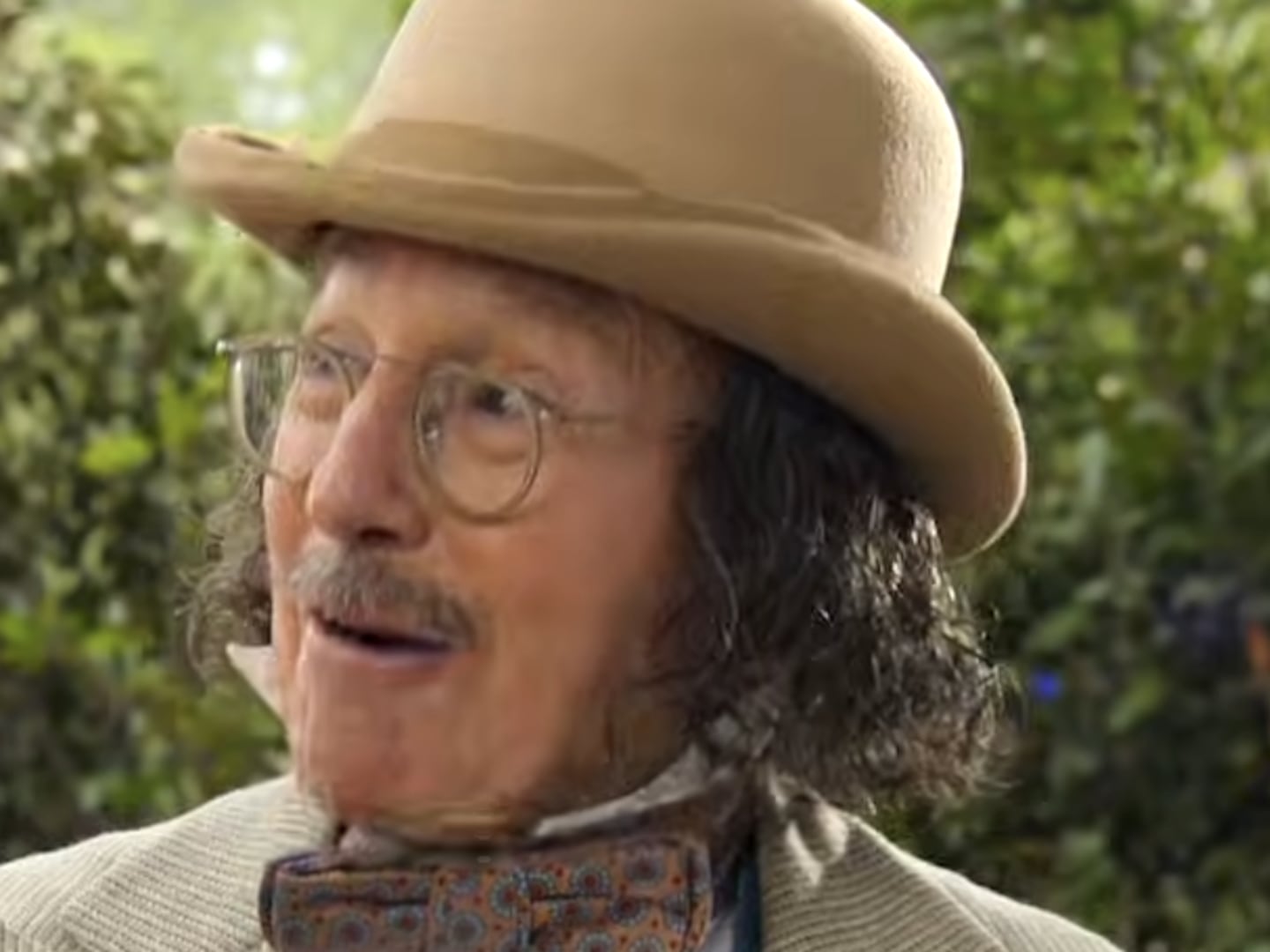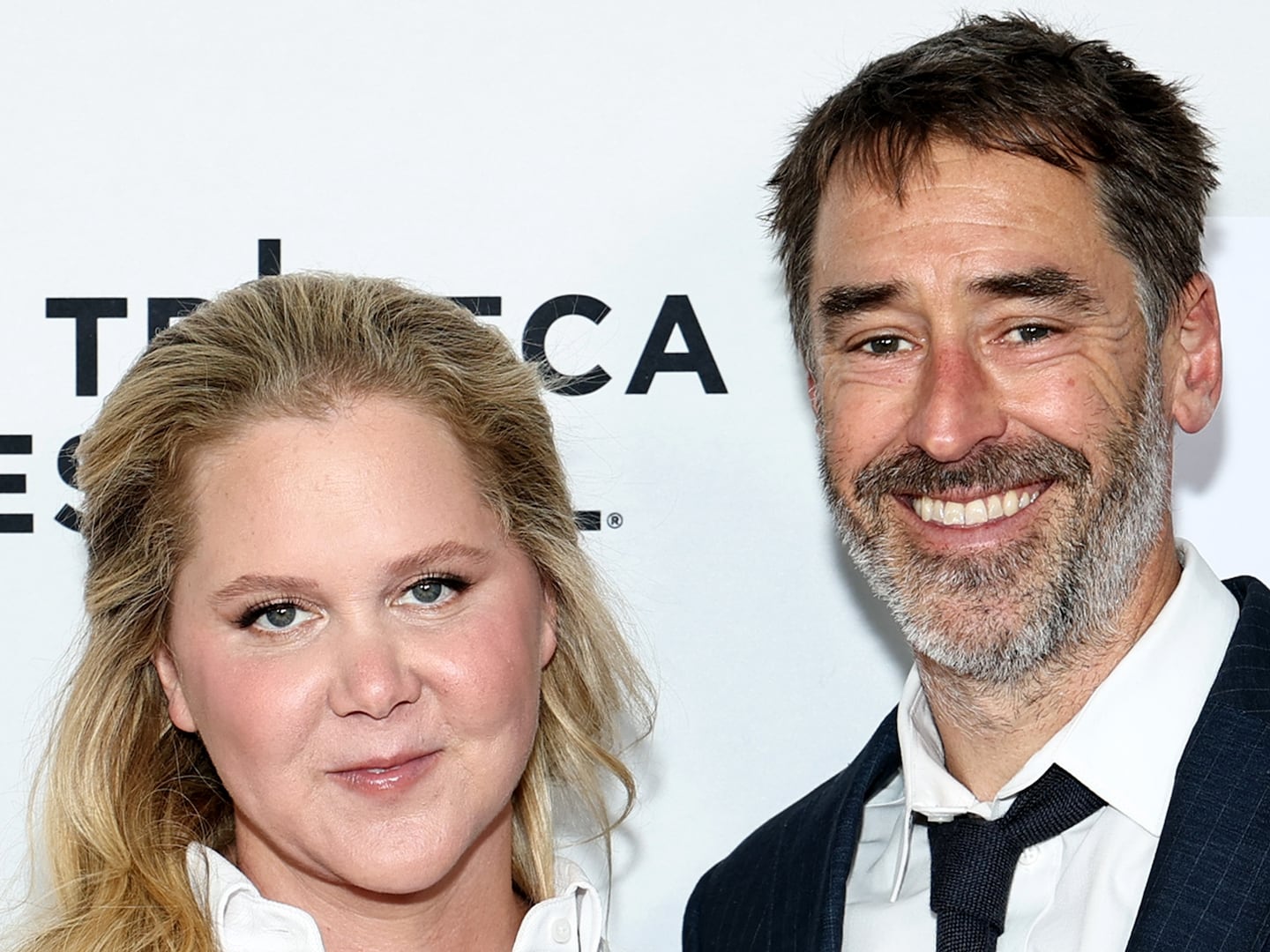Cinematic pleasures can be complex or simple, and the latter don’t come goofier and gnarlier than those dispensed by Dangerous Animals, a delirious bloodbath about a serial killer who gets off on feeding victims to sharks.
For the follow-up to his 2015 metal nightmare The Devil’s Candy, director Sean Byrne takes full advantage of his lunatic premise, delivering gruesome suspense that’s more than a bit self-conscious about the movie genre in which he’s operating. Sinister even when it’s slyly winking at its audience, the film, hitting theaters June 6, is a satisfying meal of tasty horror cheese.
In humorous fashion, Dangerous Animals’ prologue gives away its game, demonstrating that Tucker (Jai Courtney), who operates a shark-diving business off the Australian coast for tourists who want to get up-close-and-personal with the deep-sea monsters, is himself an apex predator. By immediately revealing Tucker’s malevolence, Byrne opts not for mystery but for anticipation for the madman’s next strike.
That takes some time to arrive, since following his latest crime, the film (written by Nick Lepard) shifts its attention to Zephyr (Hassie Harrison), an American loner whose guiding concerns are keeping to herself and surfing as many waves as the day will allow. Zephyr lives out of her ratty van, and as she proves at a convenience store—where she steals a pint of Ben & Jerry’s ice cream by hiding it in a giant Slurpee cup—she’s surviving by hook or by crook.
Upon pulling off that swindle, Zephyr is busted by Moses (Josh Heuston), a local real estate agent who blackmails her into giving him a ride to his car, whose battery is dead. Their rapport is initially tense, but it softens once Zephyr spies a board in the back of Moses’ mom’s Volvo and they bond over their shared love of Creedence Clearwater Revival, if not the band’s 1970 ditty “Ooby Dooby.”

Hot and heavy times ensue in the back of Zephyr’s ride. This romantic meet-cute, however, is cut abruptly short when Moses goes into his house to make them breakfast and Zephyr bolts—a symptom of the trust issues that have led her to a country half a world away from her native home.
Dangerous Animals draws its central duo sharply, and Harrison and Heuston—she rough and withdrawn, he aww-shucks sweet and earnest—are engaging leads. Having bailed on Moses in the middle of the night, Zephyr goes to her happy place, the beach, and when she discovers that she’s missing a board key, she seeks help from the only other vehicle in the vicinity.
That, alas, is owned by Tucker, who suffocates her (not fatally) with a plastic bag in a prolonged master shot that gains eeriness from the empty spaces (the black interior of Zephyr’s van, the darkness of the ocean) which frame the two individuals. When Zephyr awakens, she’s handcuffed to a rusty metal bed in a ship’s hold alongside Heather (Ella Newton), who’s been Tucker’s prisoner since the film’s introductory passage, and whose terrified face accentuates the gravity of the situation.
Courtney looks burlier than ever in Dangerous Animals, yet it’s the glint in his eye that exposes his true madness—as does, post-kill, a drunken dance around his cabin in a dragon-decorated robe that speaks to the sexual high he gets from his lethal pastime.
While Tucker’s cheery demeanor is a capable mask, his inherent beastliness is easily identified by a neighboring boat’s chirpy little dog, whose barking contributes to a soundscape of loud jarring noises—sometimes set to sudden editorial cuts—which amplify the material’s volatility. Byrne unnerves through an auditory assault of bangs, clangs, and shrieks more than via outlandish gore; after early panoramas of sharks majestically cavorting underwater in slow-motion, the director takes a page from Steven Spielberg’s playbook and mostly keeps them out of sight—or, at least, largely submerged—in order to create a dreadful sense of the unseen.
Much of Dangerous Animals is concerned with Zephyr’s attempts to free herself from captivity, neutralize Tucker, and make it safely back to shore, all of which plays out capably if unsurprisingly; there’s no chance she’s not going to reach the end of the story, just like it’s inevitable that Moses, who never stopped thinking about his one-night stand with Zephyr, will eventually track her down.
Still, the film embellishes its straightforward plot with colorful flourishes, the best of which is that Tucker doesn’t just turn his prisoners into shark chum—he records them being mauled and devoured on VHS cassettes that he stores in a veritable trophy case (along with locks of their hair which he uses for fishing lures) and watches while eating dinner. Thus, he’s cast as both a director and fan of horror cinema, right down to yelling “Action” before lowering someone into the shark-infested water—a twist that allows Byrne to playfully implicate himself and his audience in this carnivorous carnage.

Dangerous Animals knows that it’s doing basically the same thing as its villain (namely, staging the deaths of women for cine-viewing delight) but it has no interest in wagging its finger. On the contrary, it’s happy to be a cheeky modern grindhouser about a fiend who—thanks to surviving a traumatic attack as a child—thinks of himself as a shark, and also views Zephyr as one.
Byrne and Lepard wrap things up in a predictable and corny manner, thereby undercutting their climax’s punch. Still, Courtney’s brash performance and Harrison’s impressively ferocious turn prevent the muscular material from going flabby, and in fact help sell a couple of late developments that threaten to strain credibility (already stretched thin!) to the breaking point.
Like Nicolas Cage’s recent The Surfer, Dangerous Animals is an Aussie thriller which suggests that foreign visitors best be on their guard at all times Down Under, and especially if they intend to venture into the Pacific to catch some waves. If the country’s tourism board won’t be particularly pleased by this portrait, though, genre enthusiasts will no doubt take to its gonzo mash-up of Spielberg’s Jaws, Jonathan Demme’s The Silence of the Lambs, and Tobe Hooper’s Eaten Alive.









